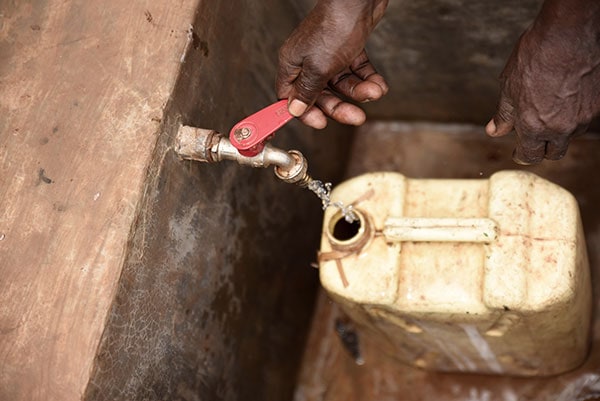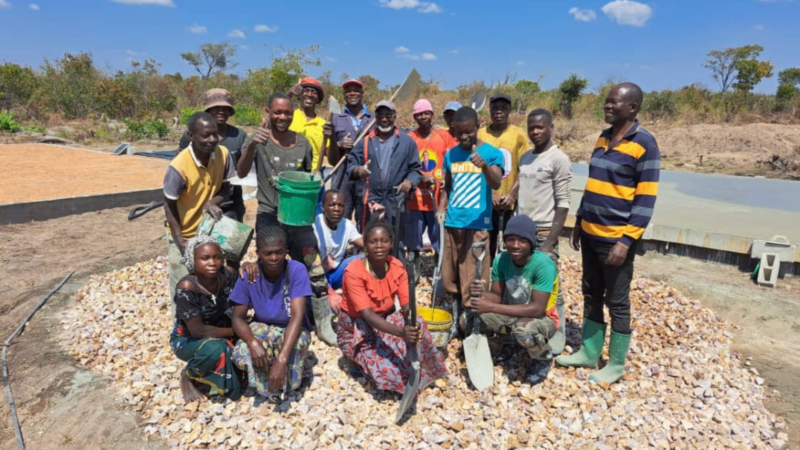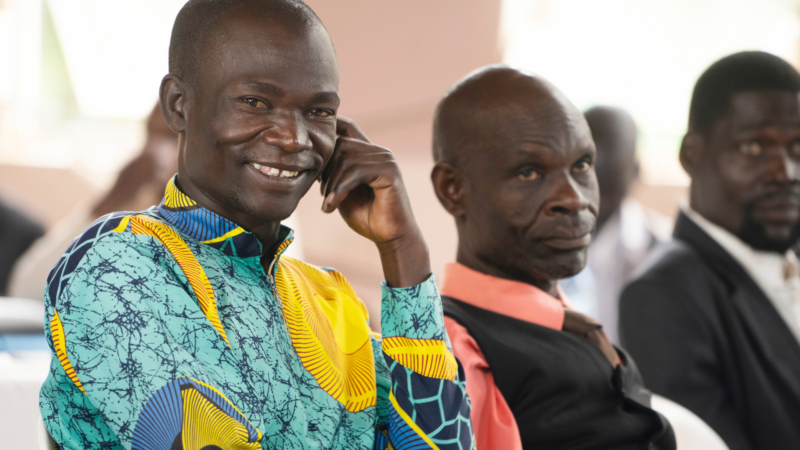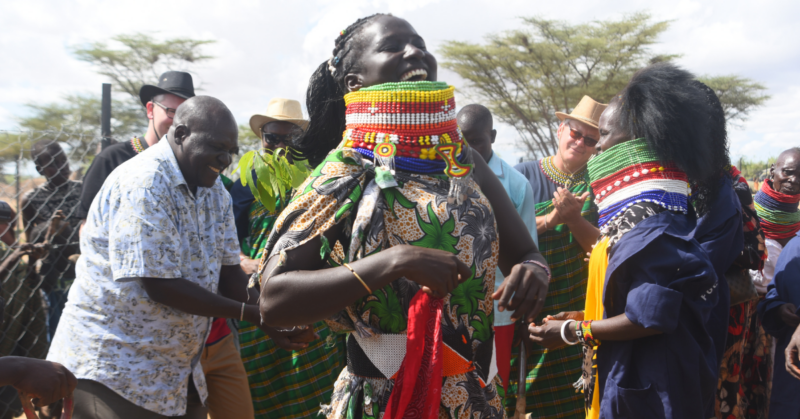Does hearing terms like humanitarian aid, relief and sustainable development confuse you and make you tune out before you’ve even finished reading this sentence?
Yes? I get it!
But please bear with me for just a moment, because in 90 seconds (if you’re a fast reader) I can quickly help unravel these terms that mean dramatically different things, but are really quite simple to understand.
And then, the next time someone says they’re involved in “sustainable community development,” you’ll know exactly what they mean.
Are you with me? Here goes:
At the most basic level, “relief aid” also called “humanitarian aid,” focuses on immediate assistance in the wake of a crisis. And it’s generally intended to only be a short-term solution.
It focuses on survival—keeping people alive after something catastrophic has happened and their homes and source of income have been wiped out… whether that’s a natural disaster, or an outbreak of a violent conflict that forced people to flee their homes.
For example, in the aftermath of the 2017 hurricanes which devastated some islands in the Carribean region- food, water, blankets, generators and shelter were provided to help residents in the affected communities.
Or, after fighting broke out in South Sudan and well over a million people were forced to flee, many of them ended up in refugee camps. There, outside countries and organizations attempt to provide for the refugees’ minimum daily needs and basic medical needs.
These are all examples of “relief aid,” and floods, hurricanes, earthquakes, droughts, wars, political instability, and other human disasters are all situations that typically merit a “relief aid” response.
Development aid, on the other hand, is about strategic assistance intended to make long-term improvements to a community or to a family’s overall standard of living and quality of life. Think of it as “helping people help themselves.”
It’s about giving people a hand up, versus a handout.
Development aid focuses on helping communities advance and progress—hence the term develop—in a way that doesn’t require continual outside funding or assistance.
Our hydroponics projects in Bolivia are an example of development aid. We partnered with churches who set up greenhouses equipped with agricultural technology that allows them to grow lettuce and other vegetables without soil—in a region where the cold climate and dry soil are not conducive to growing lettuce.
The produce is then being sold in the local community—providing nutritious, fresh food for the people—and the revenue is being used to help fund the church’s outreach to children living in poverty.
Notice the mindset of collaboration with this type of development strategy: we partner with a pastor to help him establish a sustainable source of income that enables him to reach out to impoverished children.
The authors of When Helping Hurts explain it well: “Development is not done to people or for people but with people. The key dynamic in development work is promoting an empowering process.”
As you’ve probably quickly learned if you’ve had even a little interaction with Bright Hope, sustainable development is a passion of ours, along with meeting the spiritual needs of the communities where we work.
Our Hope for Tomorrow programs all center around long-term impact and permanent progress. To find out more, you can read about our projects from the Bright Hope Catalog..





